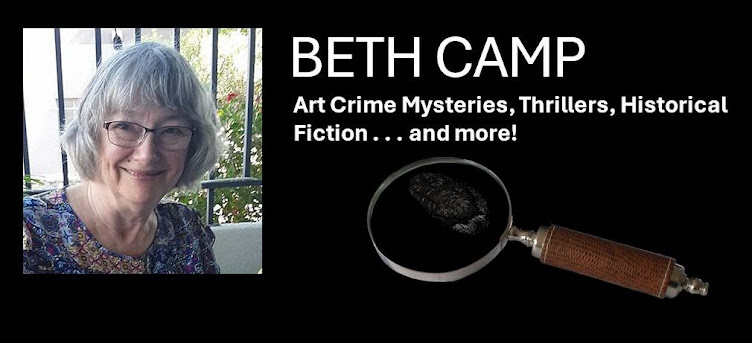 |
| Charlton Bruce Camp 1917-1989 |
 |
| Allen Dorfman, 1968 |
Last year, for his 70th birthday, our daughter and I published his novel based on his experiences in Vietnam. His book, Reaching, is available on Amazon.
Here, in memory of those he served with, is one of those stories he told me.
"Trapped"
by Allen Dorfman
by Allen Dorfman
I remember being trapped while serving as a sergeant in Viet Nam.
My unit was sent out to a hot zone. The helicopter was packed with soldiers, and there wasn’t enough room, so several of us lay on the floor. I couldn’t see anything but blackness around me. The floor rattled and shook under me. My helmet vibrated against the bulkhead, and I could feel my pack and gun against my back. No one yelled over the noise, for we were going into battle.
The helicopter in front of us exploded. The captain screamed, “We’re going down. God protect us.” We somehow landed in a blast of hot air, gunfire, and shrapnel. We laid down a round of intense fire. The helicopter got off safely, but we were trapped along a tiny treeline, surrounded by Viet Cong. Outnumbered.
Snipers picked at us. Our young Lieutenant told my buddy Timmy to send out probing fire. He stood up to fire. A shot pierced his forehead, and he fell back into our hole.
“Listen, men,” cried the Lieutenant. “I want us to move across the field to that treeline.”
I felt Timmy’s hand grow cold in mine. “You’re going to lead us across that empty field?”
“Men, move out,” he replied. “I’m staying here with the radio.”
“We’re not going,” I said. “When you want to lead us, we’ll go.”
“When do you think we should go?”
“I’ll tell you,” I said.
We waited until dusk and then low-crawled over the open field. When we reached the treeline where the enemy had peppered fire at us all day, they were gone. Someone said they were probably afraid we were going to bring in cluster bombs. We radioed for a helicopter.
Some 100 men went in, less than forty returned. Eight of us walked out uninjured, carrying body bags, the others hobbled behind, but we were still in Viet Nam.











